Khanh Hoa province plans to upgrade Cam Ranh city and Cam Lam district to districts when the locality becomes a centrally-governed city, expected by 2030.
The above plan was mentioned by Khanh Hoa Province Chairman Nguyen Tan Tuan in an official dispatch asking for opinions from the Provincial People's Committee's Party Committee on urban development orientation policies.
Specifically, Khanh Hoa will retain nine district-level administrative units, including Nha Trang City; the establishment of two districts, Cam Ranh and Cam Lam, based on the current population and area; three towns, Ninh Hoa, Dien Khanh, and Van Ninh; and three districts, Khanh Son, Khanh Vinh, and Truong Sa.
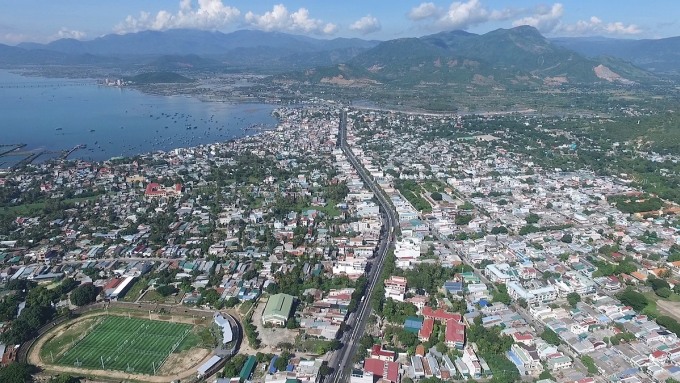
Cam Ranh City from above. Photo: Bui Ky
This option has the advantage of not increasing the number of district-level administrative units, and is consistent with the orientation of organizing territorial administrative units of the Politburo, the National Assembly Standing Committee, and the Government.
However, Cam Ranh and Cam Lam still have limitations in the criteria for classifying administrative units to establish districts. Specifically, the rate of non-agricultural labor in the entire urban area of Cam Ranh is 55.5%, Cam Lam is 67.7%, while the minimum requirement is 90%. In addition, the level of urban infrastructure development in these two localities is also quite low.
The Department of Construction and the consulting unit have reviewed, calculated and considered this a reasonable option. Therefore, the Provincial People's Committee submitted it to the Provincial People's Committee Party Committee for consideration and reported to the Provincial Party Standing Committee and the Provincial Party Standing Committee for decision.
The remaining option is that Khanh Hoa will be organized into 10 district-level administrative units, including: separating Nha Trang city into two districts, Vinh Xuong and Nha Trang, with Cai River as the boundary; two cities, Cam Ranh and Cam Lam; three towns, Ninh Hoa, Dien Khanh, Van Ninh; and three districts, Khanh Son, Khanh Vinh, and Truong Sa.
The advantage of this option is that Nha Trang City is qualified to split into two districts, but the limitation is that it increases the number of district-level administrative units under the province, which is not suitable for the administrative organization orientation of the Politburo, the National Assembly Standing Committee and the Government.
In addition, the government must reorganize the political system of Nha Trang City; natural resources, economy, culture - society, and human resources are no longer concentrated but must be separated; the inherent role of a provincial capital city and the historical commercial value, the international symbol with the traditional name "Nha Trang coastal city" cannot be promoted.
Khanh Hoa has an area of 5,137 km2 with 9 district-level administrative units, including two provincial cities, one town and 6 districts. The population is over 1.2 million people. The locality aims to become a centrally-governed city by 2030 with the orientation of developing an international sea tourism and service center.
In the future, Khanh Hoa is identified as a growth pole, the center of the South Central Coast, Central Highlands and the whole country in terms of marine economy, high-tech industry, science and technology, innovation... The local GRDP per capita reaches the group of 15 highest provinces and cities in the country.
Bui Toan
Source link


![[Photo] President Luong Cuong meets 100 typical examples of the Deeds of Kindness Program](https://vstatic.vietnam.vn/vietnam/resource/IMAGE/2025/4/16/ce8300edfa7e4afbb3d6da8f2172d580)
![[Photo] President Luong Cuong receives Ethiopian Prime Minister Abiy Ahmed Ali](https://vstatic.vietnam.vn/vietnam/resource/IMAGE/2025/4/16/504685cac833417284c88a786739119c)
![[Photo] National Assembly Chairman Tran Thanh Man meets with Ethiopian Prime Minister Abiy Ahmed Ali](https://vstatic.vietnam.vn/vietnam/resource/IMAGE/2025/4/16/c196dbc1755d46e4ae7b506c5c15be55)
![[Photo] Opening of the Exhibition on Green Growth](https://vstatic.vietnam.vn/vietnam/resource/IMAGE/2025/4/16/253372a4bb6e4138b6f308bc5c63fd51)
![[Photo] Opening of the 4th Summit of the Partnership for Green Growth and the Global Goals](https://vstatic.vietnam.vn/vietnam/resource/IMAGE/2025/4/16/488550ff07ce4cd9b68a2a9572a6e035)
![[Photo] Many practical activities of the 9th Vietnam-China border defense friendship exchange](https://vstatic.vietnam.vn/vietnam/resource/IMAGE/2025/4/16/3016ed3ef51049219574230056ddb741)
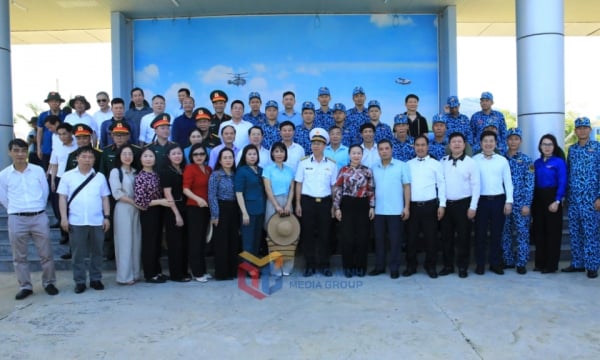

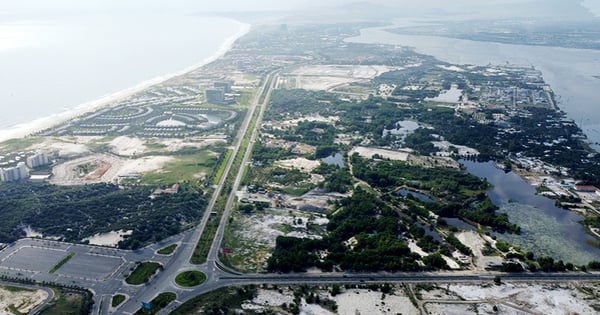




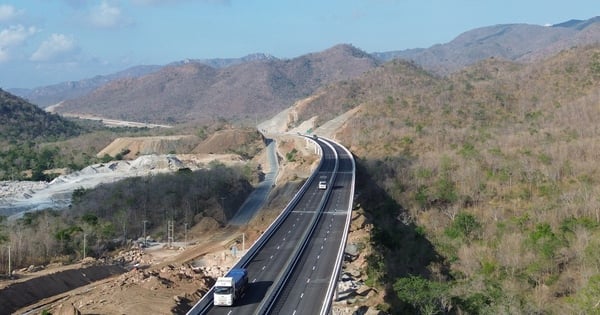
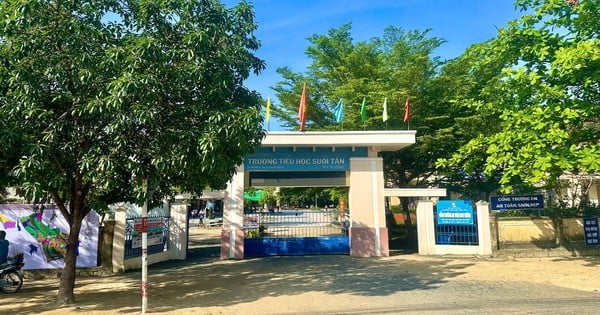

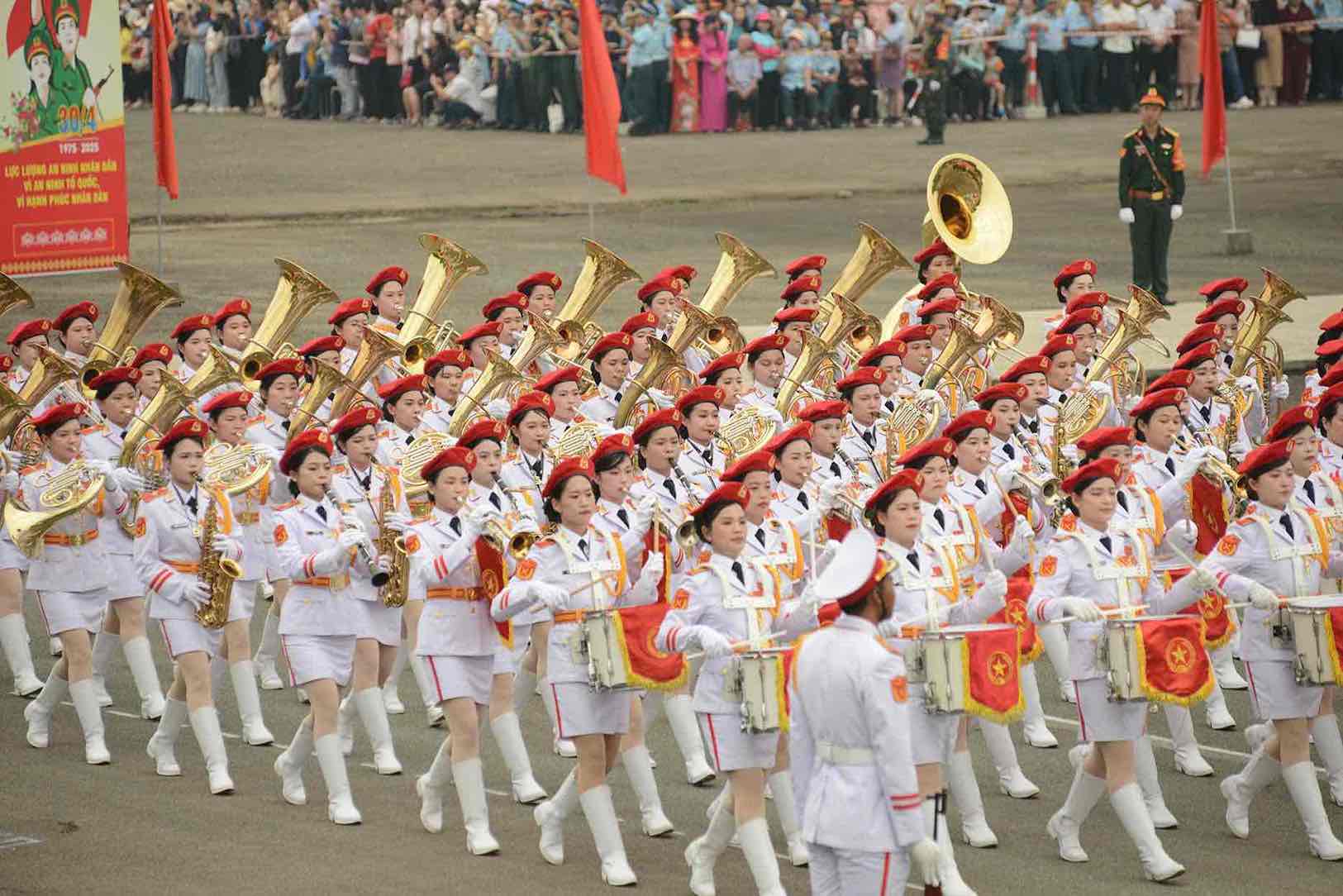
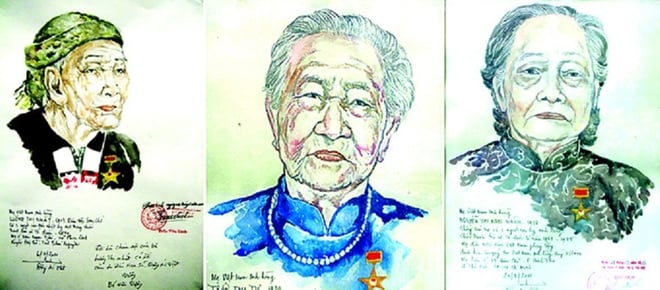

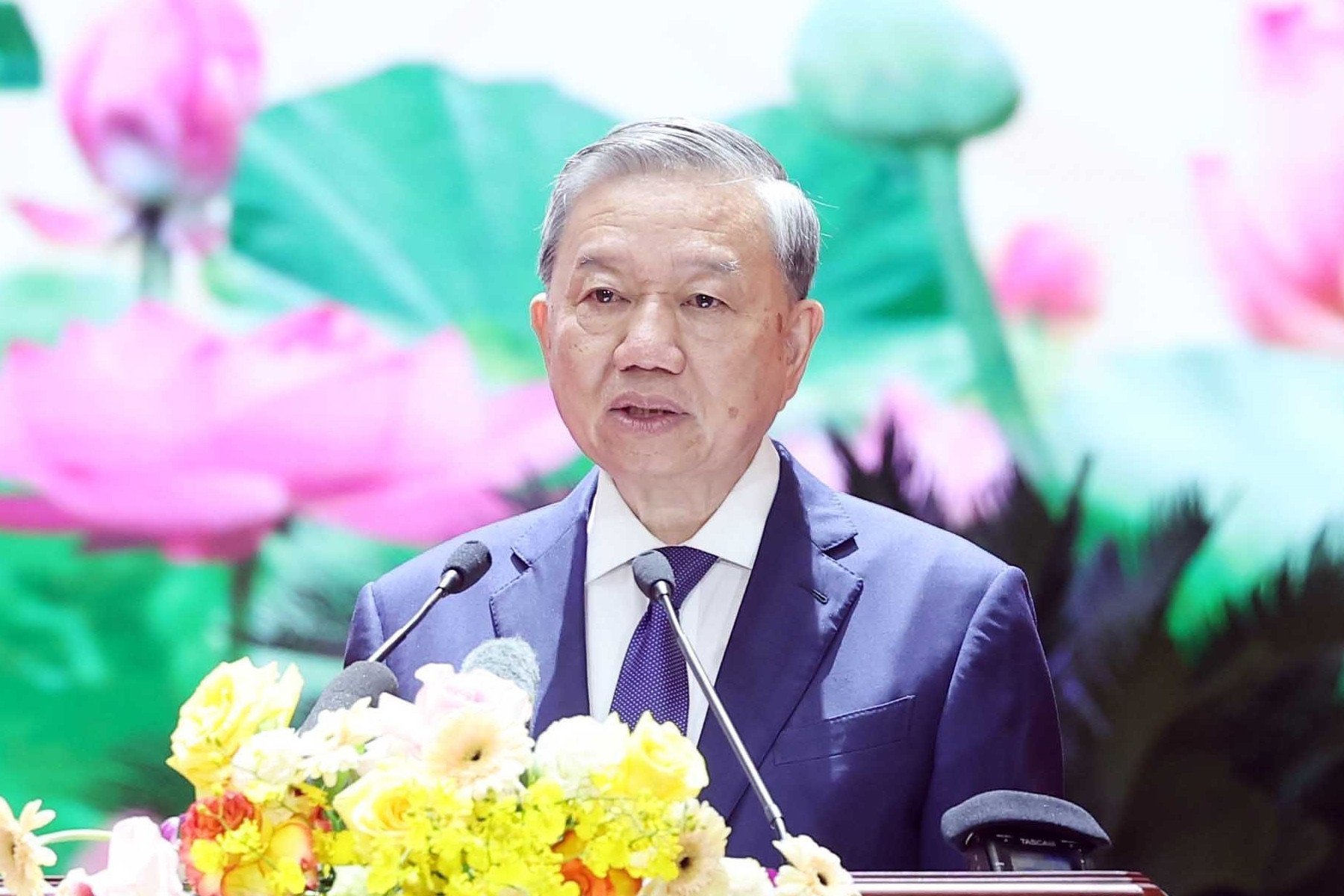
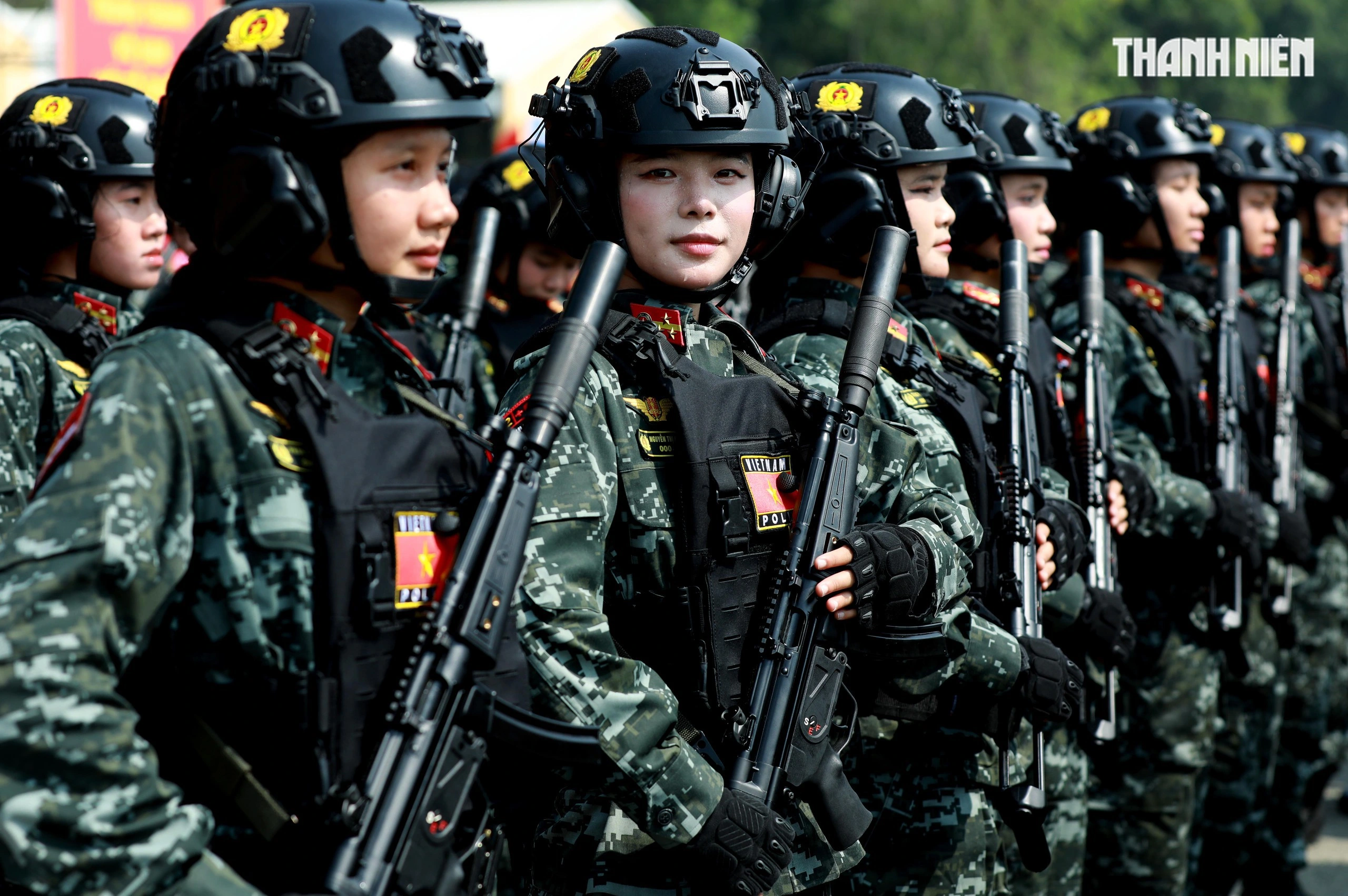












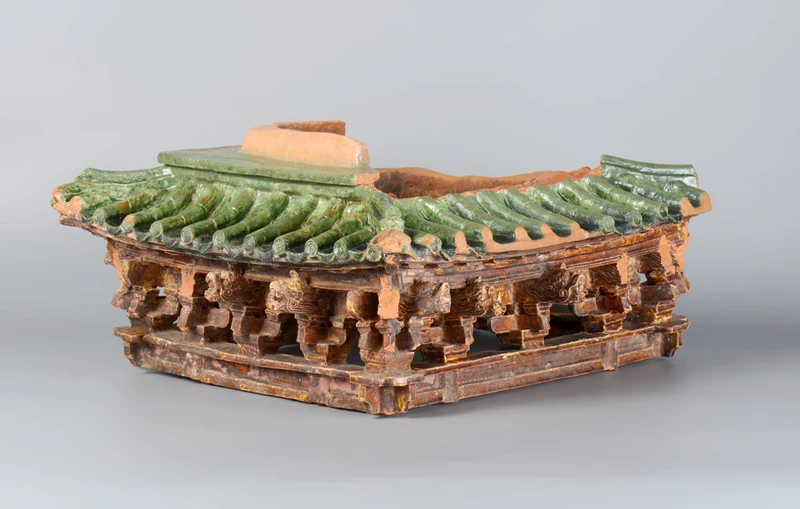



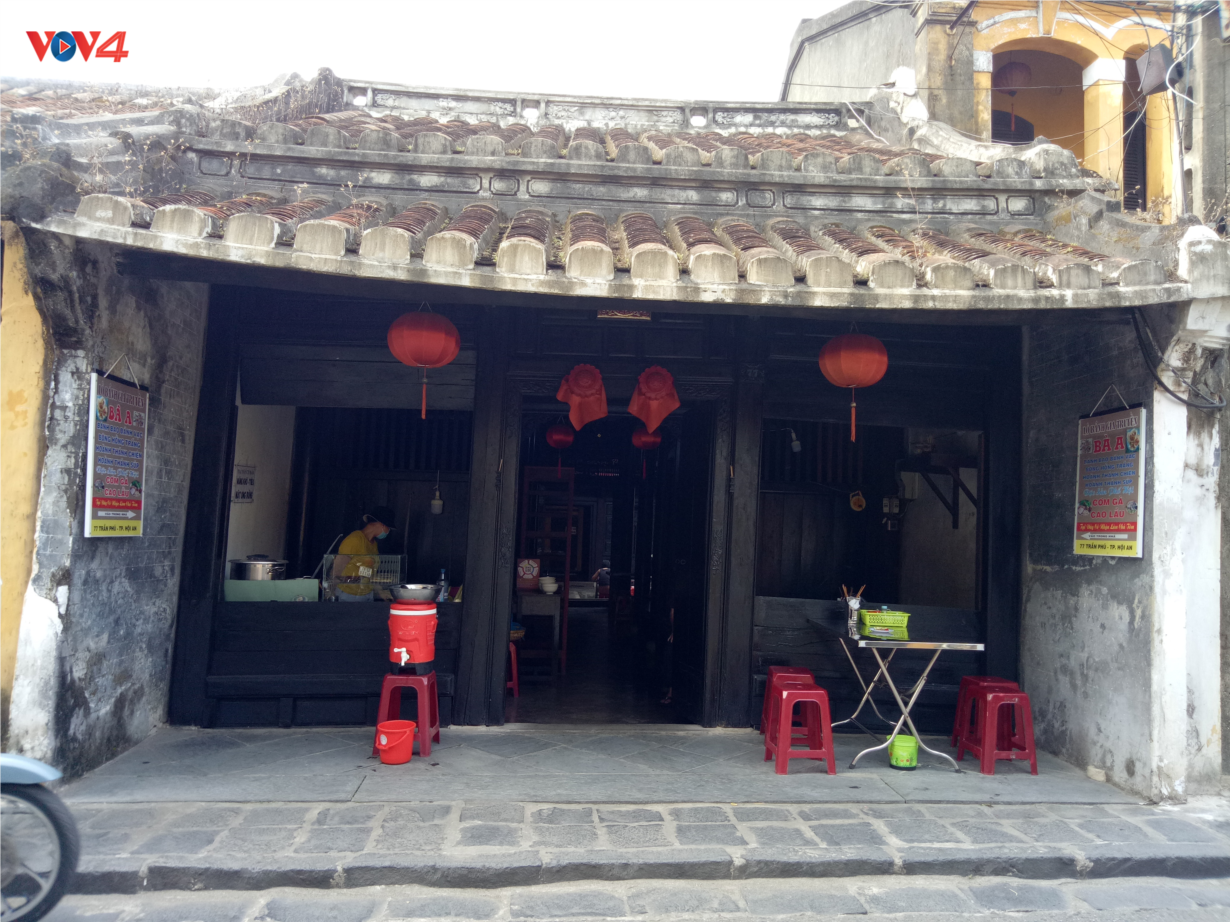

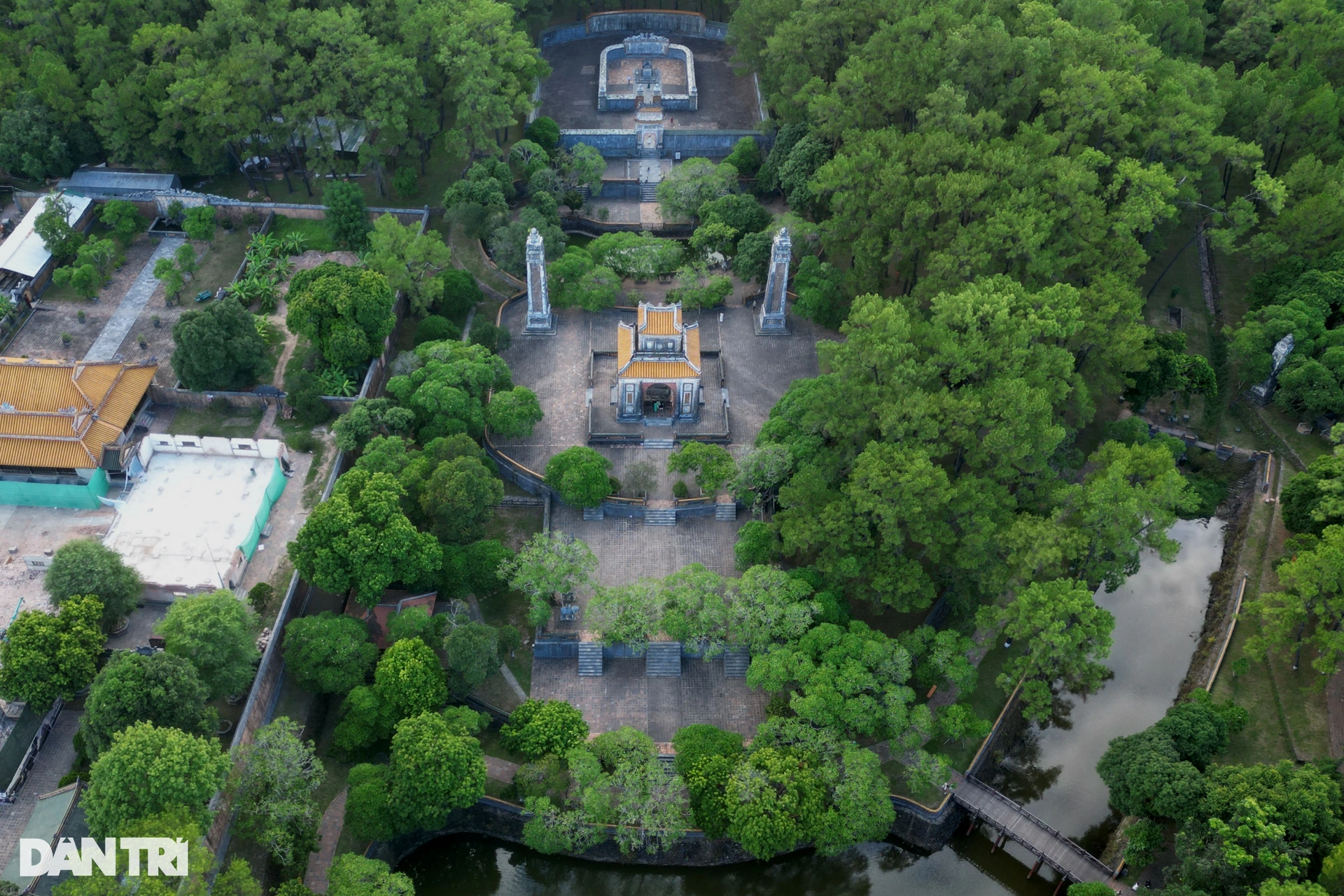

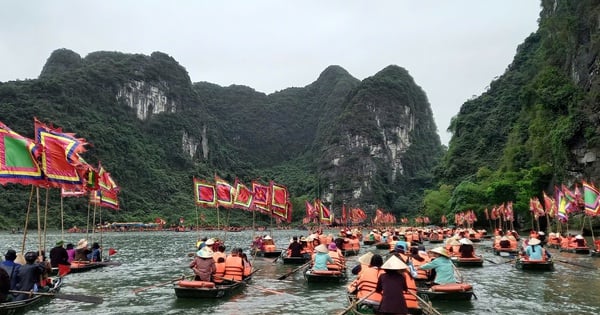





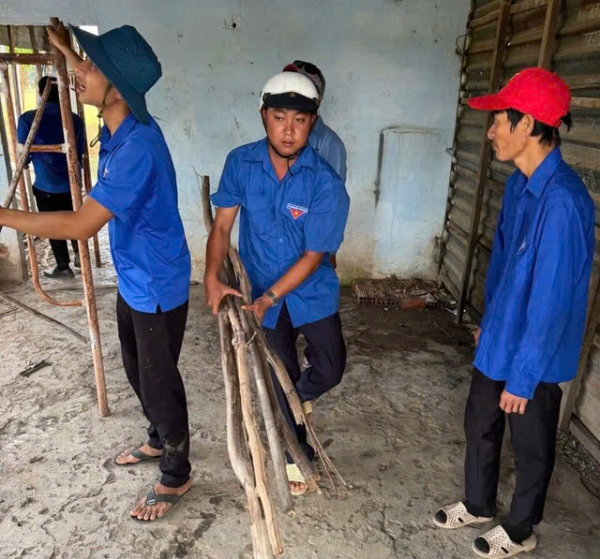

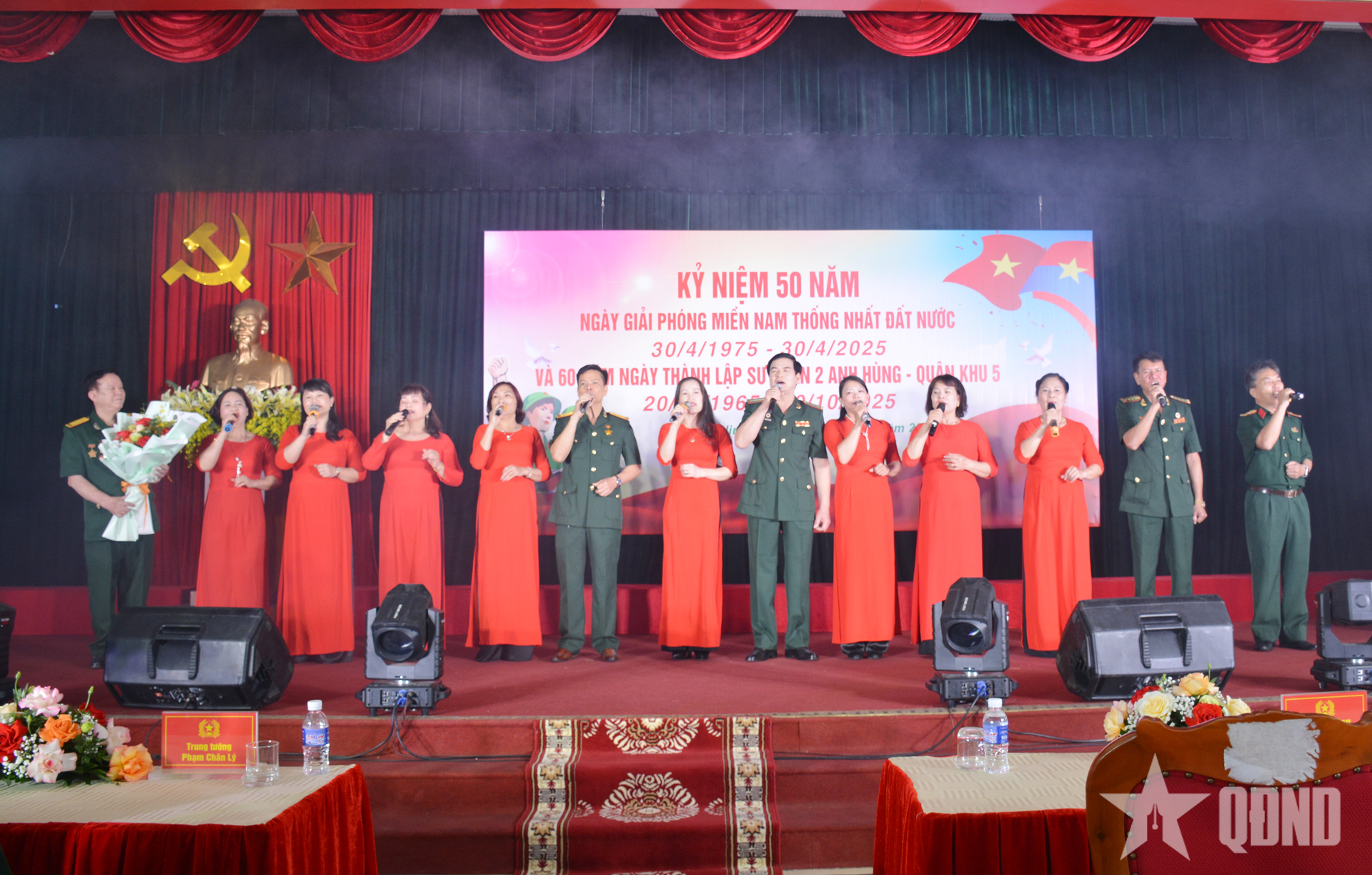












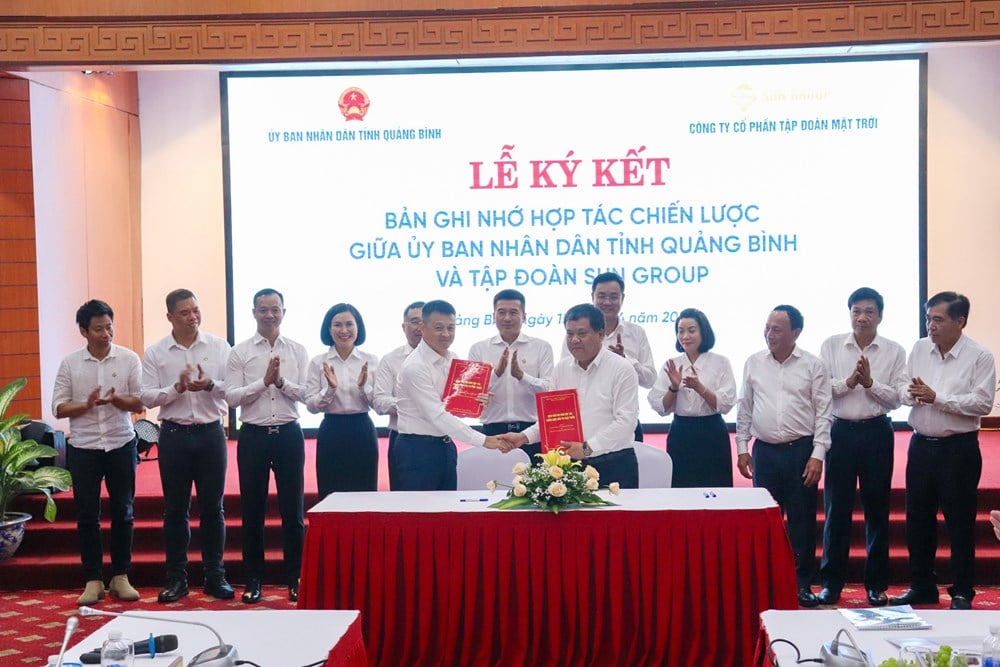



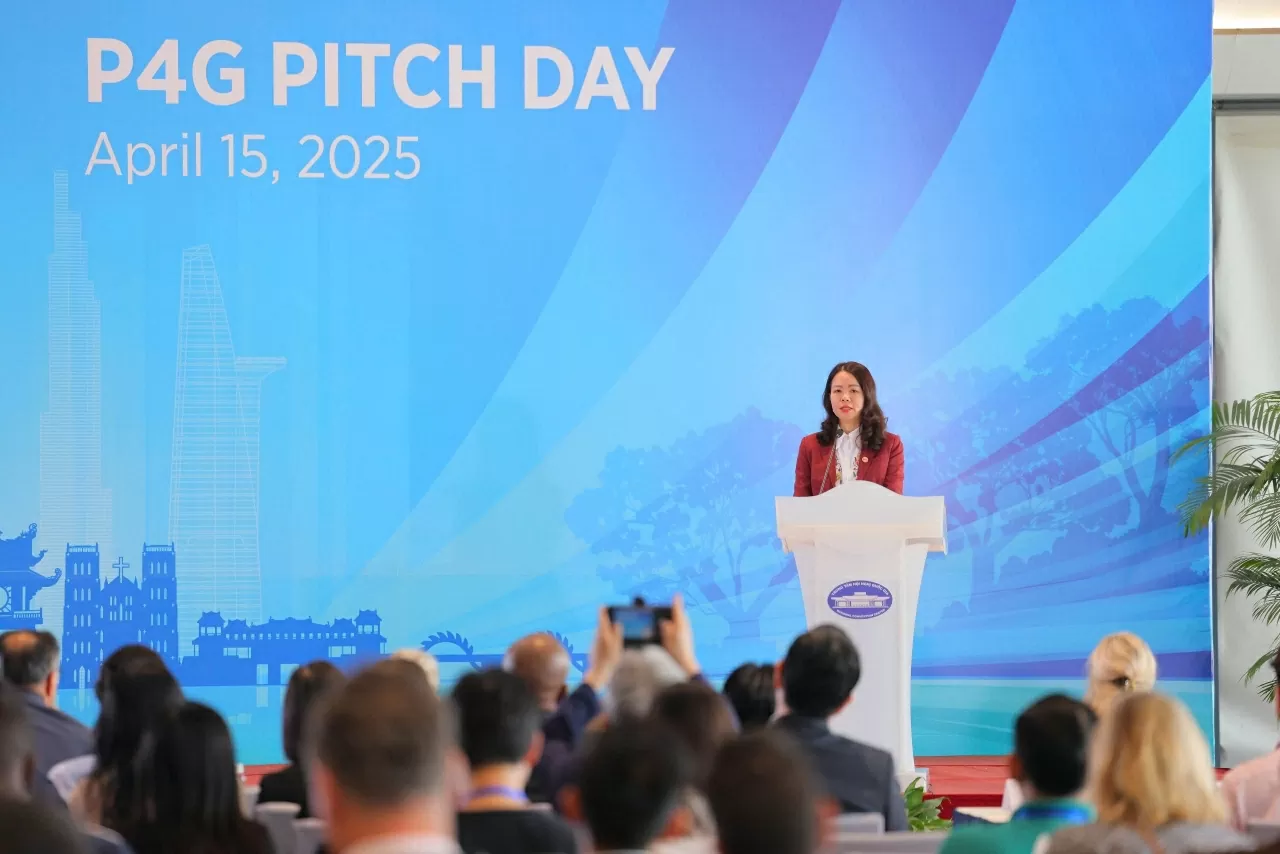

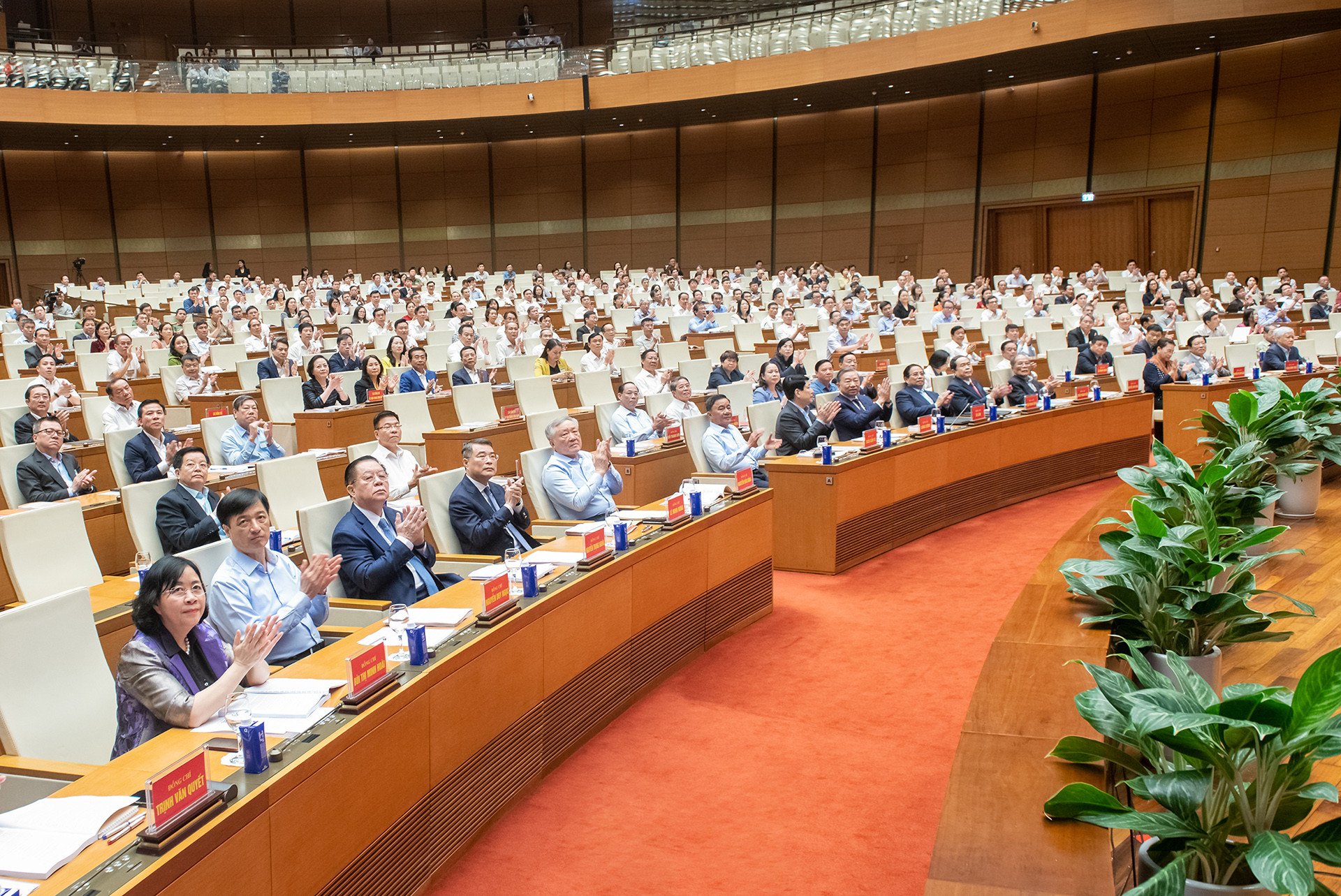

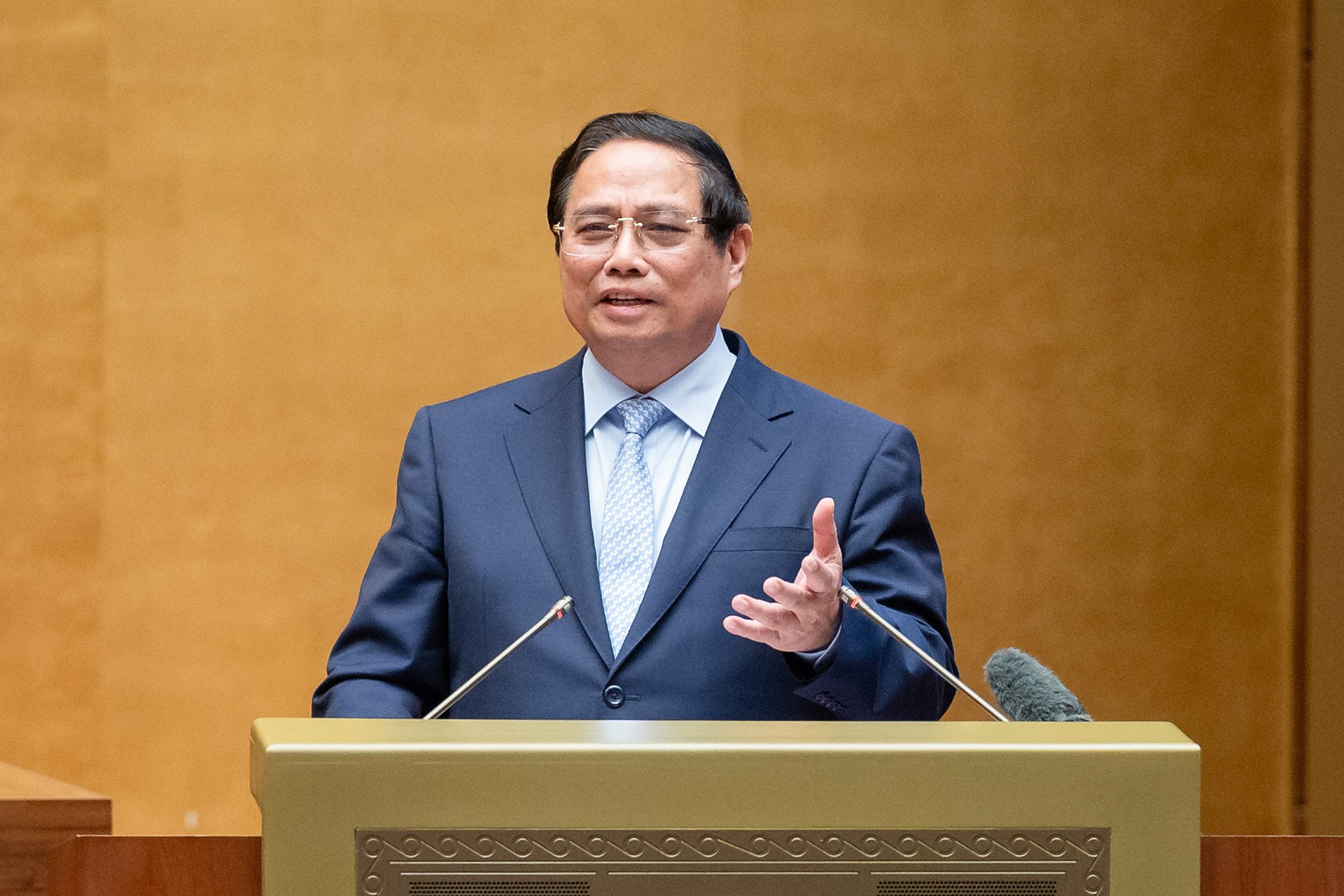
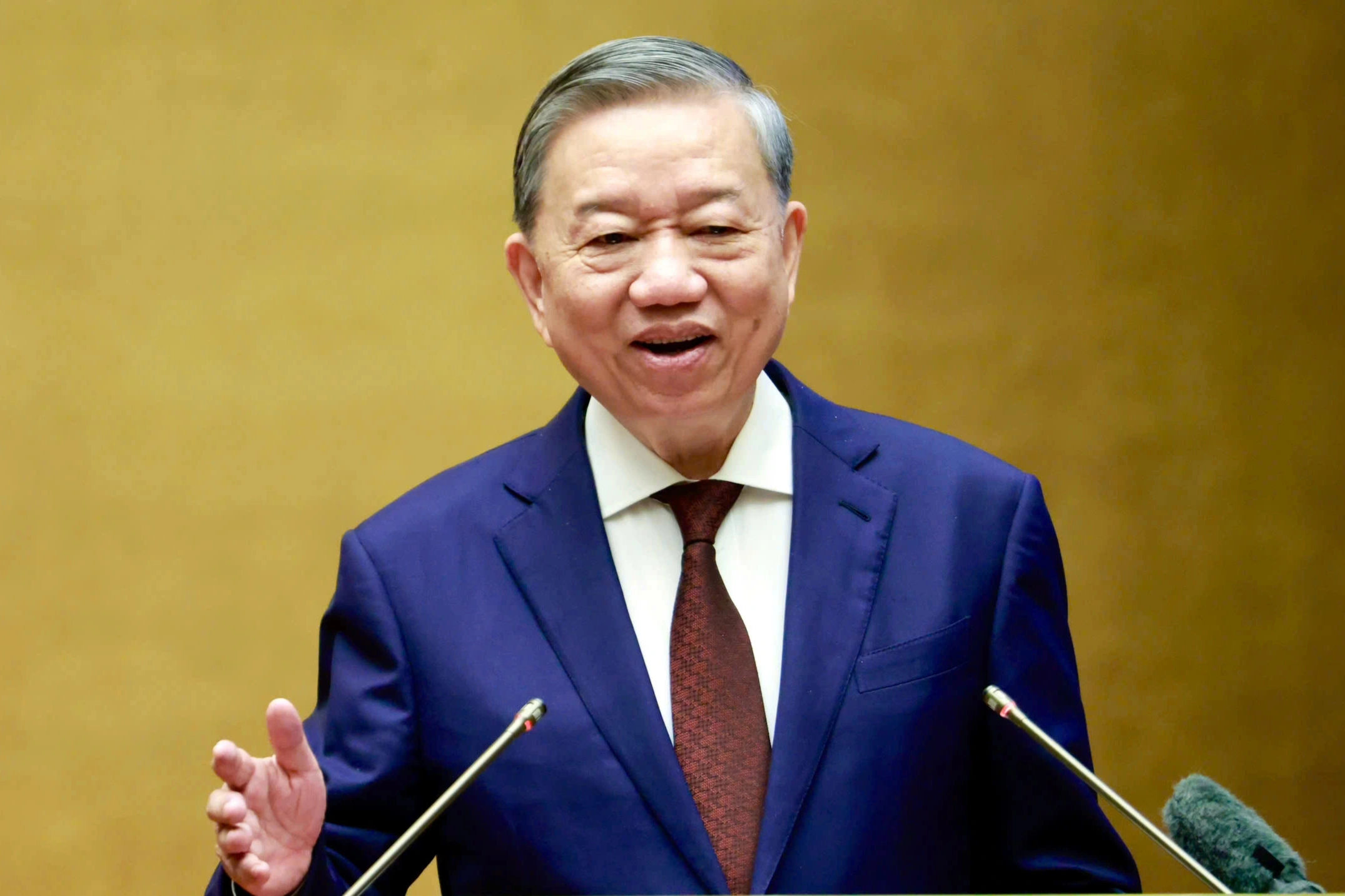
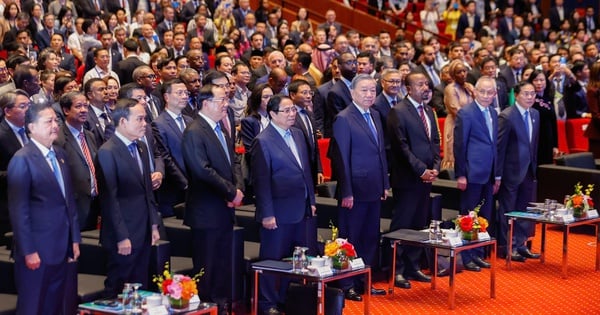




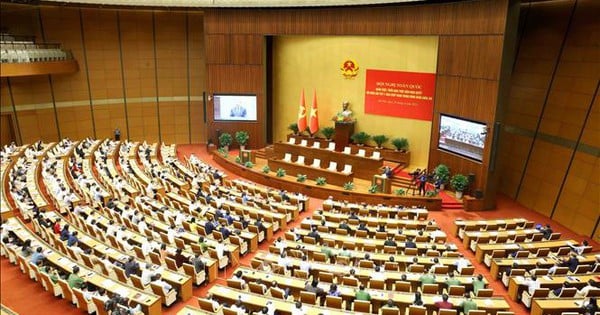

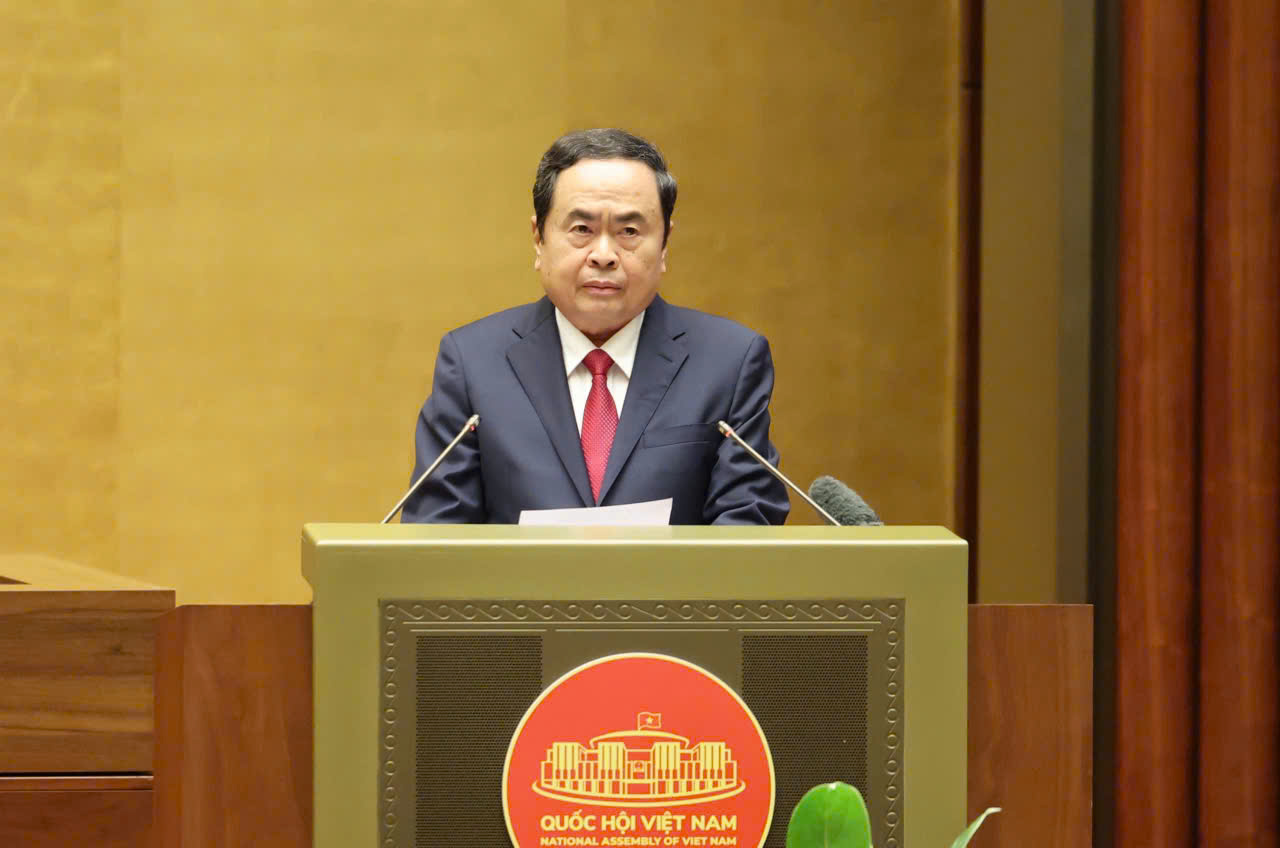

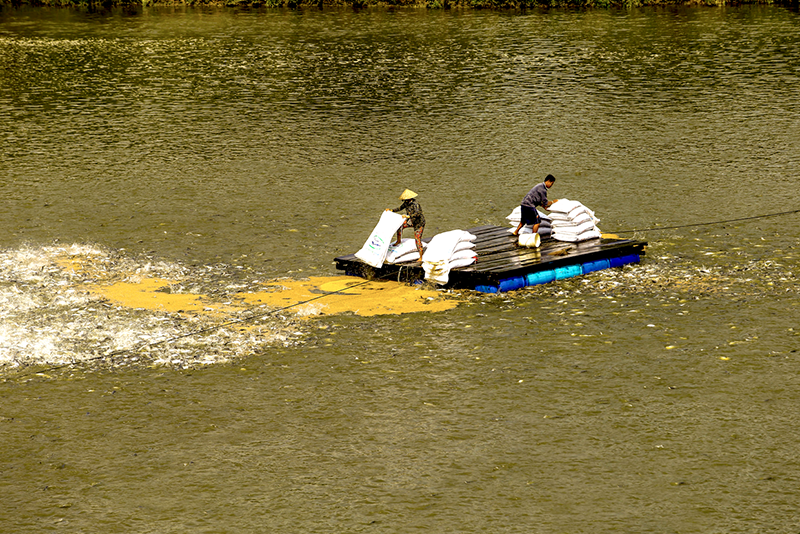




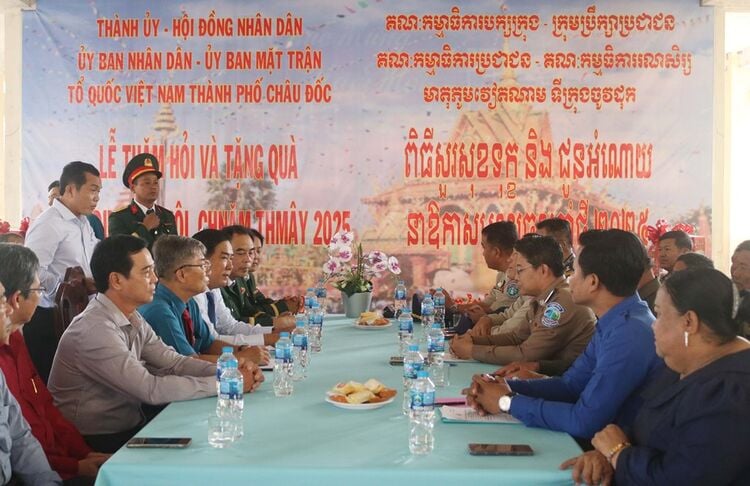

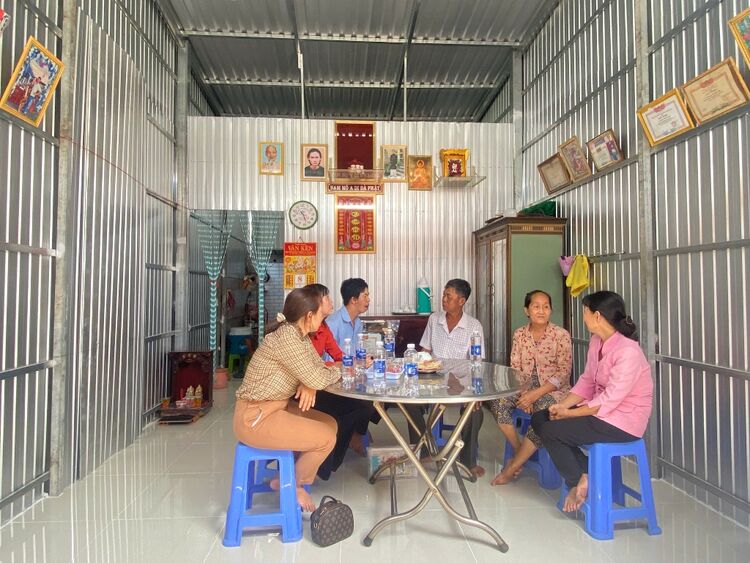
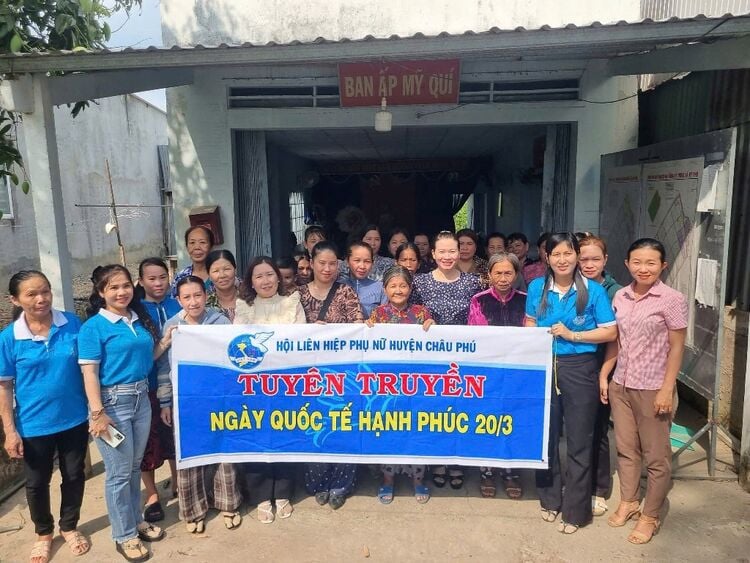

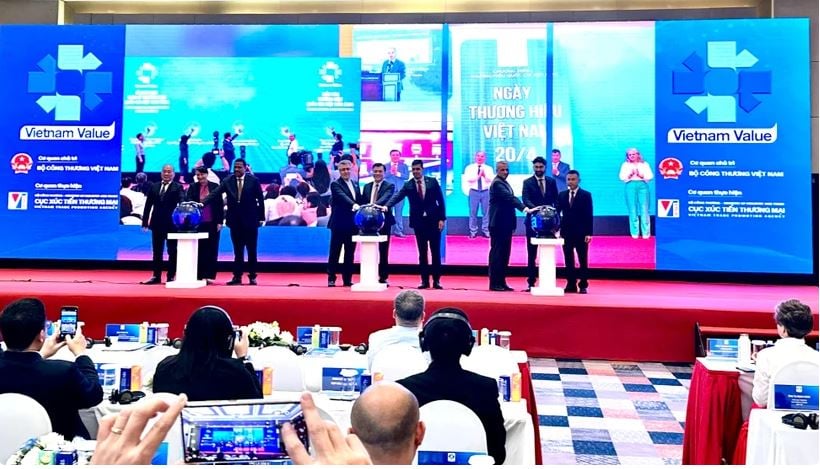








Comment (0)